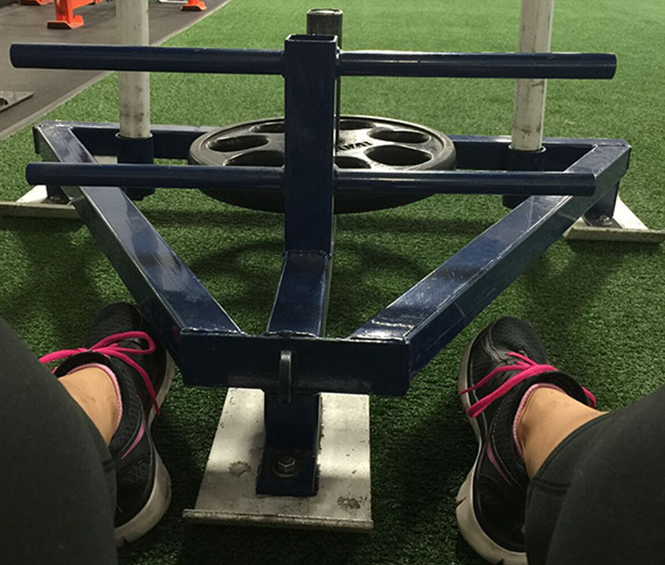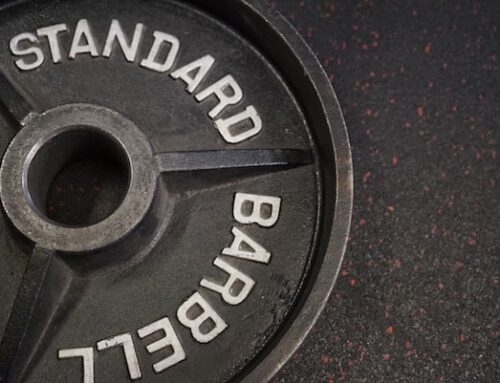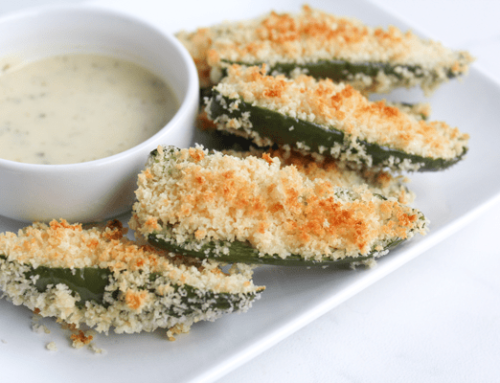I’m sure by now you’ve heard all the ways that high intensity interval training can benefit you and your training. But, do you know why that is? Are the days of steady state, long duration cardio on the StepMill over? Some experts would say so. I’ll let you decide.
The hardest part about steady state cardio is getting yourself there and putting in the time. I actually do incorporate this slower style cardio into my routine 1-2 times (okay, maybe just 1) per week – but really more for some quiet time to respond to emails and do some research. Trust me, you will not be emailing and researching during interval training. You can hardly pull yourself together to take a sip of water, if you’re doing it with the correct amount of intensity.
What Exactly is High Intensity Interval Training?
It is when you alternate short bursts of a high intensity exercise with periods of recovery (i.e., short rest or low intensity exercise) for a determined amount of sets or repetitions. There are endless ways to split it up as well as endless amounts of exercises to perform in a HIIT style. For example:
• 20-30 second sprint followed by a 30-40 second rest, repeated 8 times.
• 20 burpees followed by 50 crunches, repeated 10 times. –See the photos for an example “Burpee Tire Jump.” If you don’t have a tire, you can use a bench or aerobics step instead. See the full description at the bottom of the article.
• 30 medicine ball jump squat slams followed by 50 bodyweight plié squats, repeated 8 times.
• 30 second weighted prowler sprint followed by 1 minute sitting on the floor (my favorite), repeated 8 times.
The short burst of higher intensity work creates a major demand on your body’s systems – lungs and oxygen, pH levels in your blood, hormones, endorphins and more. You have to recruit A LOT in order to make it through, including some major mental strength to get it done!
The Key To Making The Magic Happen
Don’t be fooled though—there is only ONE person that holds you accountable with your level of intensity during these intervals. I see so many people doing intervals, but I don’t see the level of intensity that it requires to make the magic happen (i.e. serious EPOC and fat burning). Nothing worth having comes easy! You must work your butt off (literally) to gain the most benefit from interval training.
Even I have a hard time pushing myself as hard as I know I can go. When I’m back home visiting my family in Nevada, I try to sneak in a few interval training sessions at one of the top sports training facilities, F.A.S.T. I always pick up new techniques and exercises. However, the main reason I go is to keep myself in check. I want to make sure that I am reallyPUSHING IT during those high intensity bursts (and not resting too long between). Having an experienced trainer to put you through these interval sessions can make all the difference.
Manage Your Heart Rate
But, not always do we have access to an experienced athletic and sports trainer. So, when you go solo, a great place to start is wearing a heart rate monitor. I like Polar’s FT4 model. It keeps it simple and gives you the option of just displaying your heart rate, which is all you need to know during interval training.
During your high intensity exercise, aim for 85-95% of your heart rate max (see below on how to calculate your max). Once you’ve reached that, it’s time to start your lower intensity exercise or, my favorite, complete rest until your heart rate comes down by about 30% from that max. To measure your results and progress, write down how many seconds or minutes it took you to reach your max heart rate along with how many seconds or minutes it took your heart rate to lower.
As soon as your heart rate lowers to your targeted lower limit, it’s time to get back to business with the high intensity exercise again! You’ll repeat that pattern as many times as you can. I like shooting for 8-10 total sets.
As you get better and more experienced with interval training, you should find that it takes you longer to get your heart rate up and less time to get your heart rate down. Essentially, the opposite of what was happening when you first began high intensity interval training. Your heart and lungs will become more efficient at your work capacity (a.k.a. dealing with the torture you’re putting it through).
More Reasons To Love HIIT
Oxygen is a large piece of what is happening in your body during interval training. Your body uses oxygen to break down fats and carbohydrates to be used for energy. While your body is in an anaerobic (without oxygen) state during the intervals, performing HIIT consistently over time improves the fat oxidation in your body (oxygen breaking down fat cells). Not to mention HIIT also preserves muscle, while slow, steady-state cardio may deplete it.
One of my favorite parts of HIIT training is that I am actually training “like an athlete.” It doesn’t take an accomplished athlete to lift weights or walk on an incline treadmill for hours, but training interval style can turn you into one. It challenges your fast twitch muscle fibers, which are the fibers that work best in short bursts of quick movements. I like this a lot, because we predominantly use our slow twitch muscle fibers doing traditional weight room exercises and steady-state cardio. I can’t stress enough how important it is to switch up your training style often and keep all your body’s systems working hard to improve and operate efficiently.
Keep in mind that what you practice, you get better at. If you perform your HIIT with sprinting, you get better at sprints. If you perform your HIIT with squat jumps, you get better at squats. So, pick your favorite exercise, or, even better, an exercise you need improvement on and turn up the intensity!
For my full instructions on how to calculation your maximum heart rate and percentages,







Leave A Comment
You must be logged in to post a comment.